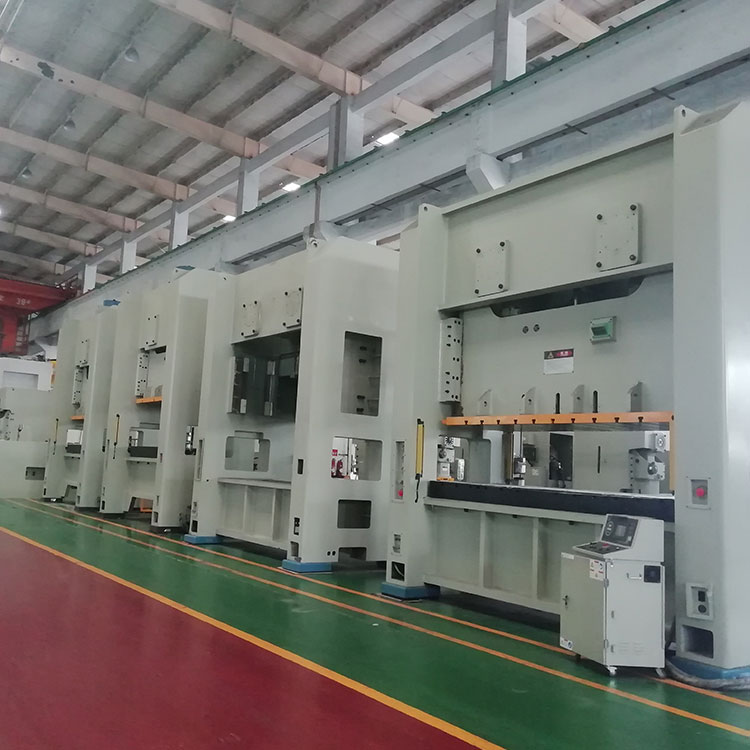Features and characteristics of a crank press machine
2023-10-17
A crank press machine, also known as a crankshaft press or eccentric press, is a type of mechanical press used for various metalworking operations such as stamping, bending, and forming. It derives its name from the crank mechanism used to generate force during the pressing process.
Here are some key features and characteristics of a crank press machine:
1. Crank mechanism: The crank press machine utilizes a crankshaft and connecting rod mechanism to convert rotary motion into linear force. The crankshaft is driven by a motor or an external power source, and as it rotates, it causes the connecting rod to move up and down, thus driving the ram or slide.
2. Ram and slide: The ram or slide is the moving component of the machine that applies force to the workpiece. It moves vertically in a straight line motion controlled by the crank mechanism. The ram can be equipped with various tooling, such as dies or punches, to perform specific operations.
3. Bed and bolster: The bed is the stationary base of the press machine on which the workpiece rests during the pressing operation. The bolster is a removable plate or block used to support and position the tooling. The bed and bolster provide stability and ensure accurate and repeatable operations.
4. Power transmission: Crank presses typically use a flywheel to store energy and transmit power to the crankshaft. The flywheel is connected to the crankshaft and helps maintain a consistent speed and force during the pressing process.
5. Control system: Depending on the complexity and automation level, crank press machines can be operated manually or equipped with advanced control systems. Computer numerical control (CNC) systems allow for programmability, automation, and precise control over the operation.
6. Safety features: Crank press machines are equipped with safety features to protect operators from accidents. These may include two-hand controls, emergency stop buttons, guards, and safety devices to prevent accidental activation of the machine.
Crank press machines are commonly used in industries such as automotive manufacturing, appliance manufacturing, metal fabrication, and various metal stamping operations. They offer high force output and are suitable for applications that require repetitive and high-speed pressing operations.



